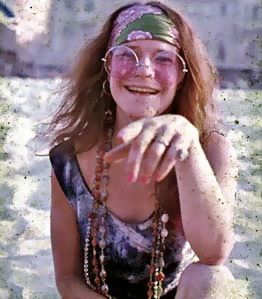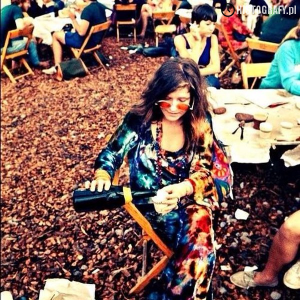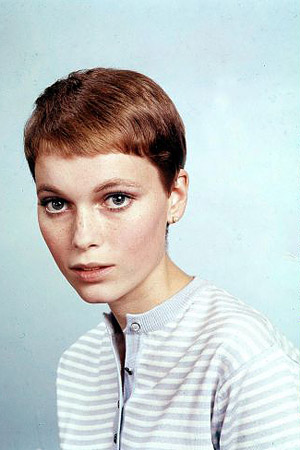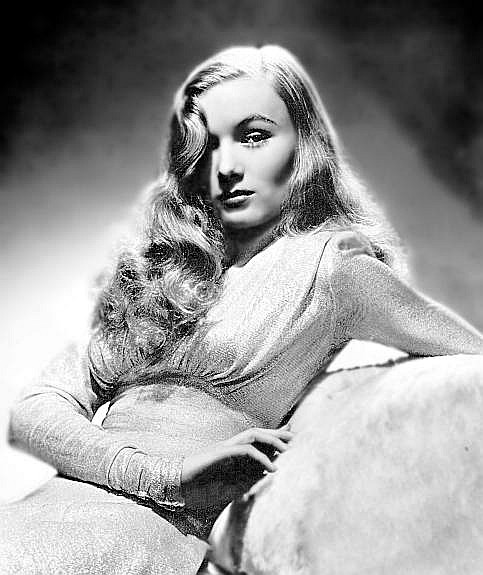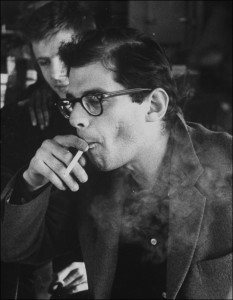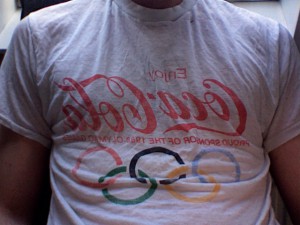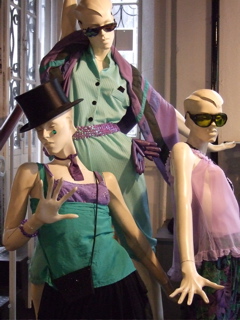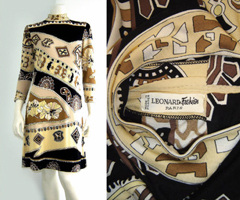My searching for person was based on connection of personality and apperiance.
First idea was to use Janis Joplin and hippie movenent as an inspiration. Why her? not only becouse i am close to her music but also about aura that she created around herself. She was considered to be the best female blues vocalist of the sixties. Janis Joplin was born in 1943, when she died Janis was 27 years old. American singer considered as a the best female blues vocalist of the sixties. her raw, powerful and uninhibited singing style, combined with her turbulent and emotional lifestyle, made her one of the biggest female stars in her lifetime. Her the most important performance was at Woodstock Festival in 1969. Nowadays she is still really famous and she has a lot of fans. Janis still works like a magnet. Her powerfull personality has made me intrested in hippies (crazy subculture based on the music and delight), music and 60s, copule of years ago.
In the begining of my process i printed a lot pictures in time to see what exactly she was wearing. Which textiles, patterns what kind of jewellery, accessories. The more I studied her style and taste, the more I was aware of what she wore. Round glasses were her trademark . She often wore long fur jacket and a fur hat in the same tame. Flared throusers were very popular among hippies. Janis had them everyday and also shirts with flared sleeves when she was singing and dancing on stage her sleeves where in motion which made her performances more mystic. During the movements of her hands thousands of bracelets made a clink sound. Most of the time her outfit where decoreted with colorfull fabrics for example with aztec patterns or with psychodelic paterns and tie dye.I found the fact that she wore feathers and corsets decorated with sequins suprising. Her dresses were always full of elements and colorfull accessories. In spite of exqisiteness of the gourments, they still made a crazy cohesive whole.
After this step, I tried to find objects and pictures of clothes or textiles that could fit her and her hippie style. Then I started to really discover Janis Joplin, and everything I found led me further into my process. She actually was just the starting point of my research. I was more focused on how these great icons have a big impact on the world, how these people are seen more as a fantasy than a human being, how they become magic and popular however ordinary they are. Why do other people wish they could be these icons?
At one point I wondered if i can meet the challange of finding anwers to those questions during my process. I was very concentrated on the extreme success of some artists in the music industry as well as on the phenomenon that in this concept of mass production there are a lot of objects/clothes/posters etc made and sold with an image of an artist. For example, I found on the internet Janis Joplin bags, t-shirts , umbrellas, till plates, ashtrays, child clothes. It shows that a a successful artist, at one point will become a brand and at this point I started to think more about plagiarism.
In Poland there is a singer called Ania Rusowicz, who is an exact copy of Janis Joplin. When i was thinking about her, about what she was doing and how she took more and more of my interest then I decided that Ania should be the one inspiring my work, and lead to the comparison of real and fake, find a border between those phenomenons.
I researched a lot about Ania and it lead me to find a lot of links between her and Janis Joplin. They both wear the same clothes and glasses, sing with a similar voice and most of the time Ania sings covers from artists that have performed on Woodstock , including Janis but on the other hand she is still a different person.
I then decided to think about materials. Something that would be a fake reproduction of a natural thing. I used only artificial materials which are imitations of a natural things or that are based on nature.I thought that it was a good way to express plagiarism. I collected fake flowers, stones, pills, acrylic wool, sponges, leaves and feathers. Everything I wanted to use had a powerful vibrant color because i wanted to still play with Ania’s hippie style. I made different selection of materials, colors, shapes, surfaces. In the beginning i didn’t know how I could connect all these different materials.
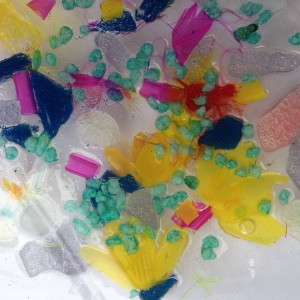
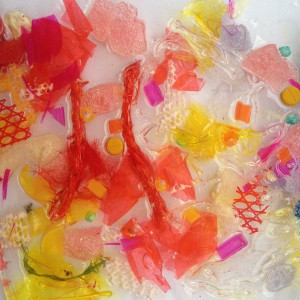
I changed my ways of getting round to starting that project. I was trying to glue them or sew them on, but later on I decided not to forget about what I wanted to say through my work and about all my thinking process. Inspired by nature i used the epoxy to preserve my fake natural objects. Exactly how sea and time conserves insects in amber. I put epoxy on plastic boards using a painting brush and sank pieces of materials into it, then carefully put the pieces together following colour palette, structures and shapes I made different compositions.
At this point I faced many problems. My idea was to cover the whole face and make a shape that would fit my face. Covering it up turned out to come up to my expactations, since I fulfilled my vision of the mask. Polish singer Ania Rusowicz lost her own creativity and identity by copying Janis Joplin but you can see through transparent peices that she is still recognizable; you are still yourself, somehow.
The biggest problems I faced during the process of shaping my mask. I heated up all the different pieces, shaping the flexible ones in my hands when the hard ones mostly broke as they were too thin, or some even too thick for me to change their shape.
The final product was a recapitulation of my research work and my thinking process. I was extremly pleased with how a final result turned out. From being just a thought it became a substantial product expressed by materials to reflect my thoughts on that topic. I did not wanted that piece to be a bold statement so I combined both of the sides. I do not believe that there is a boundry between artificiality and authenticity, since isn’t everything just a copy of what was created by the nature?

